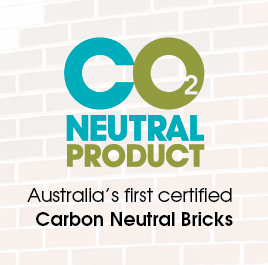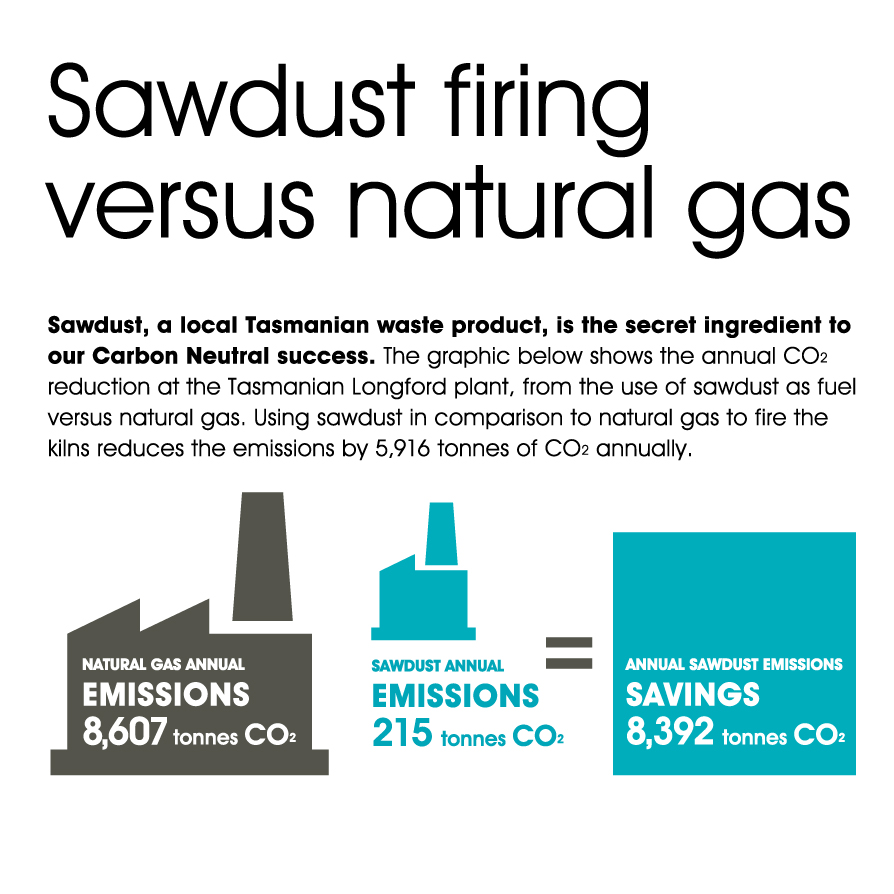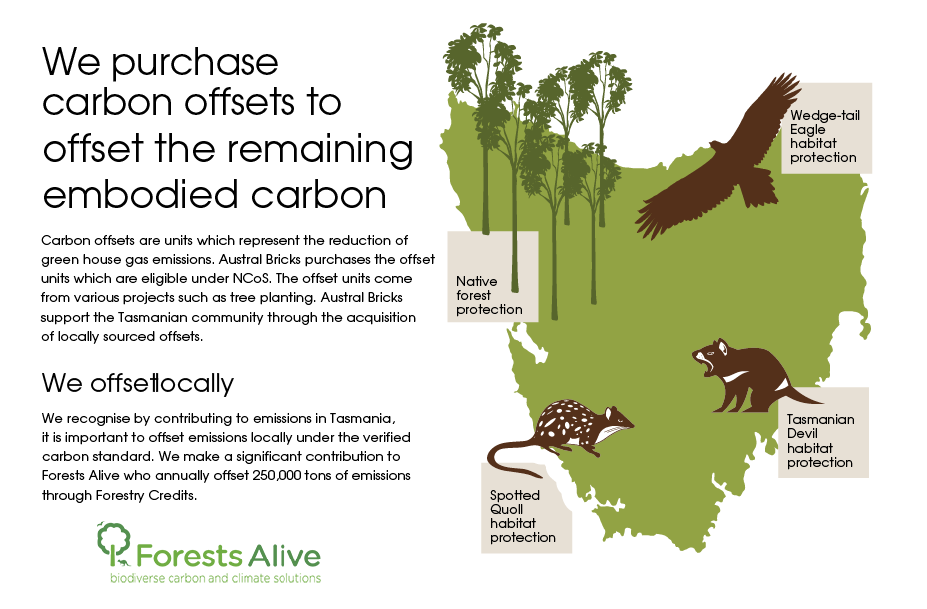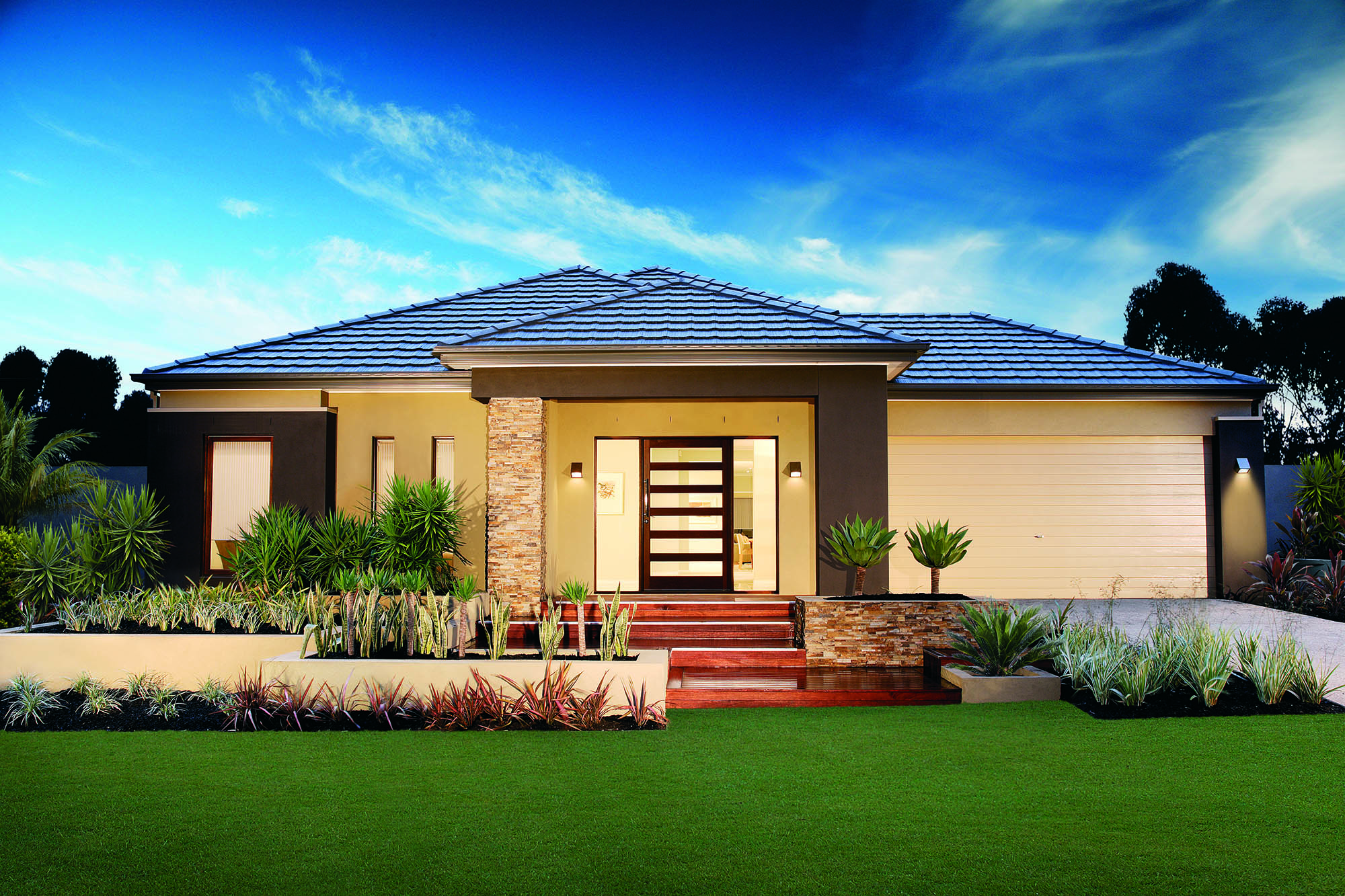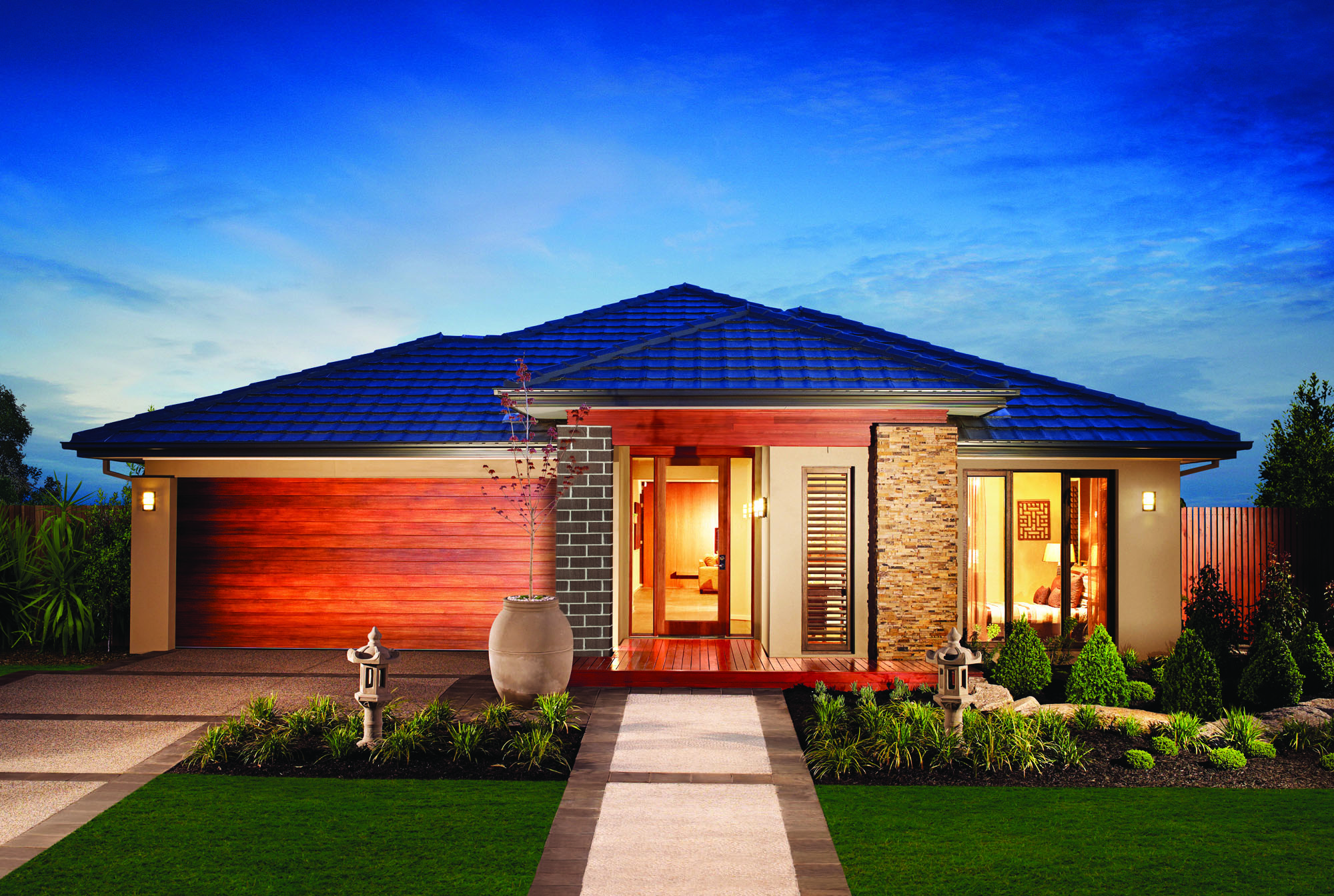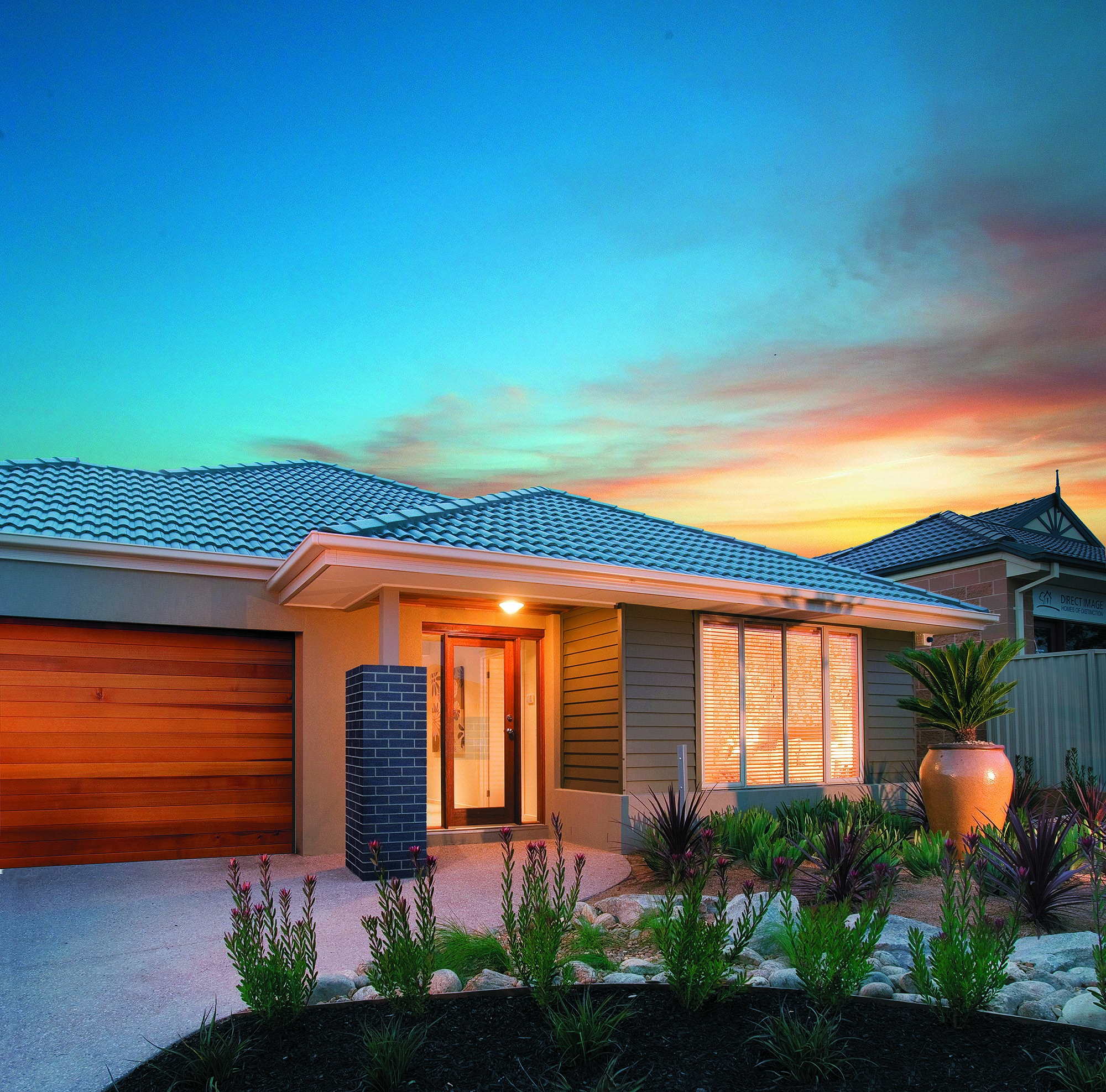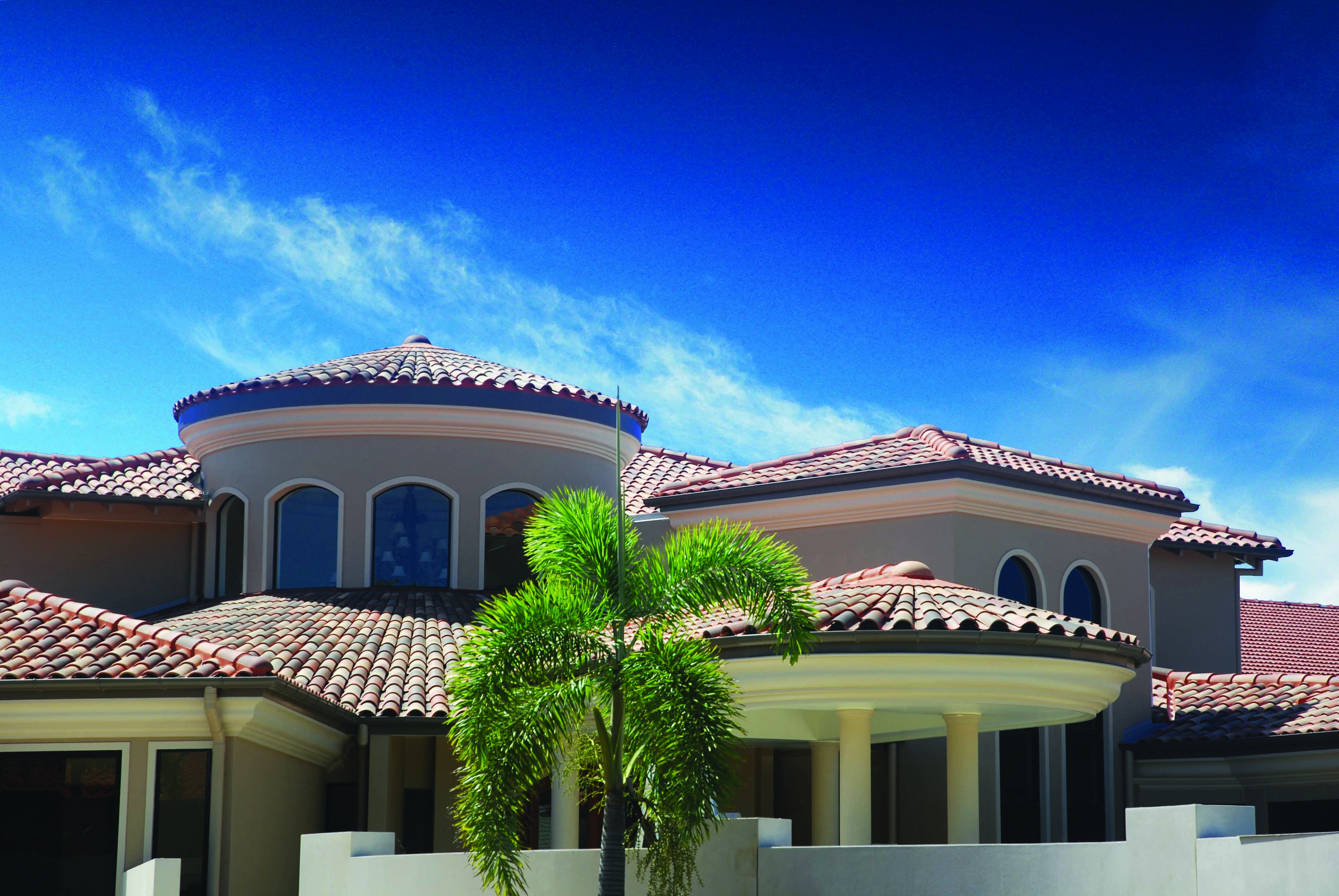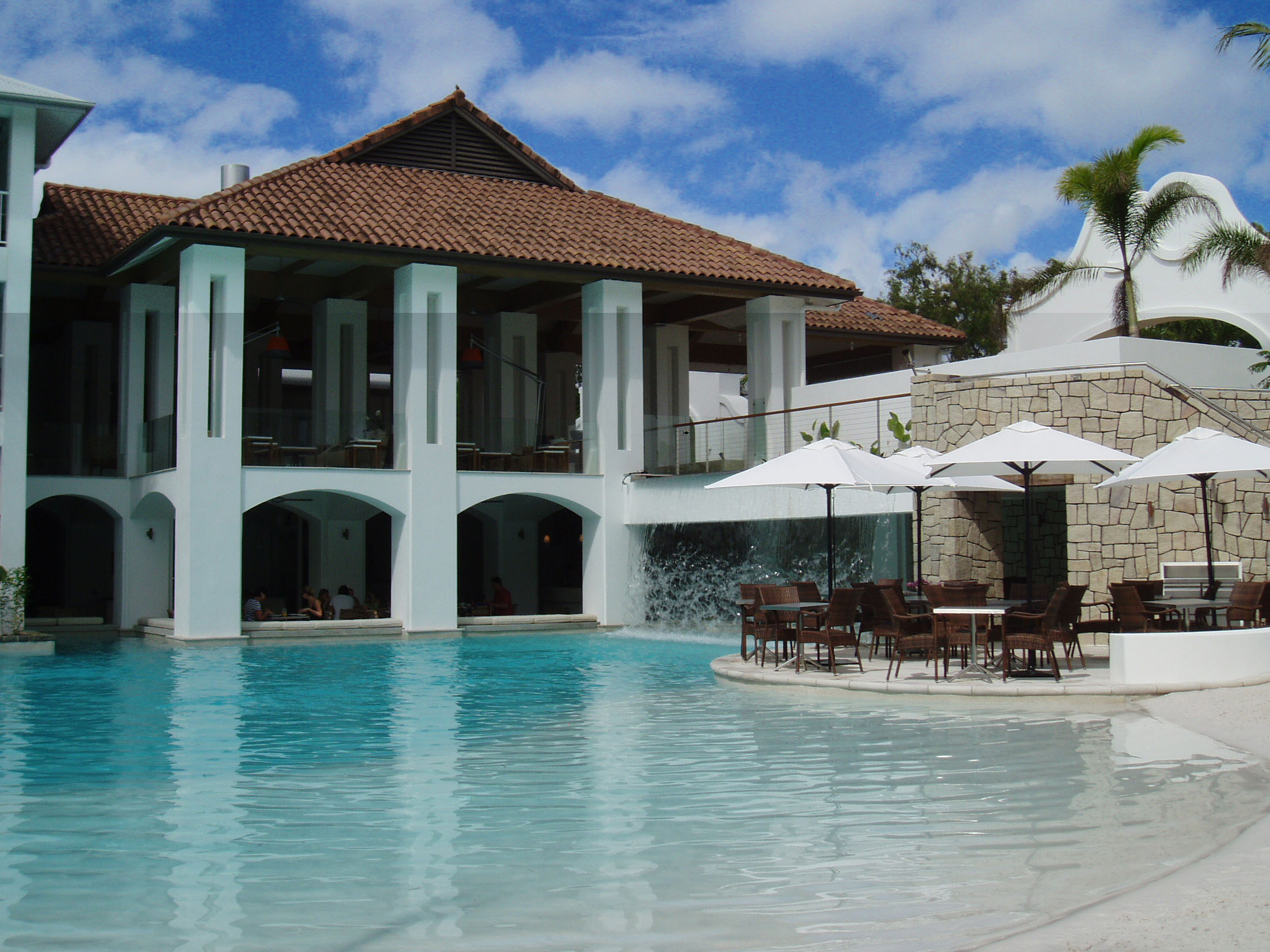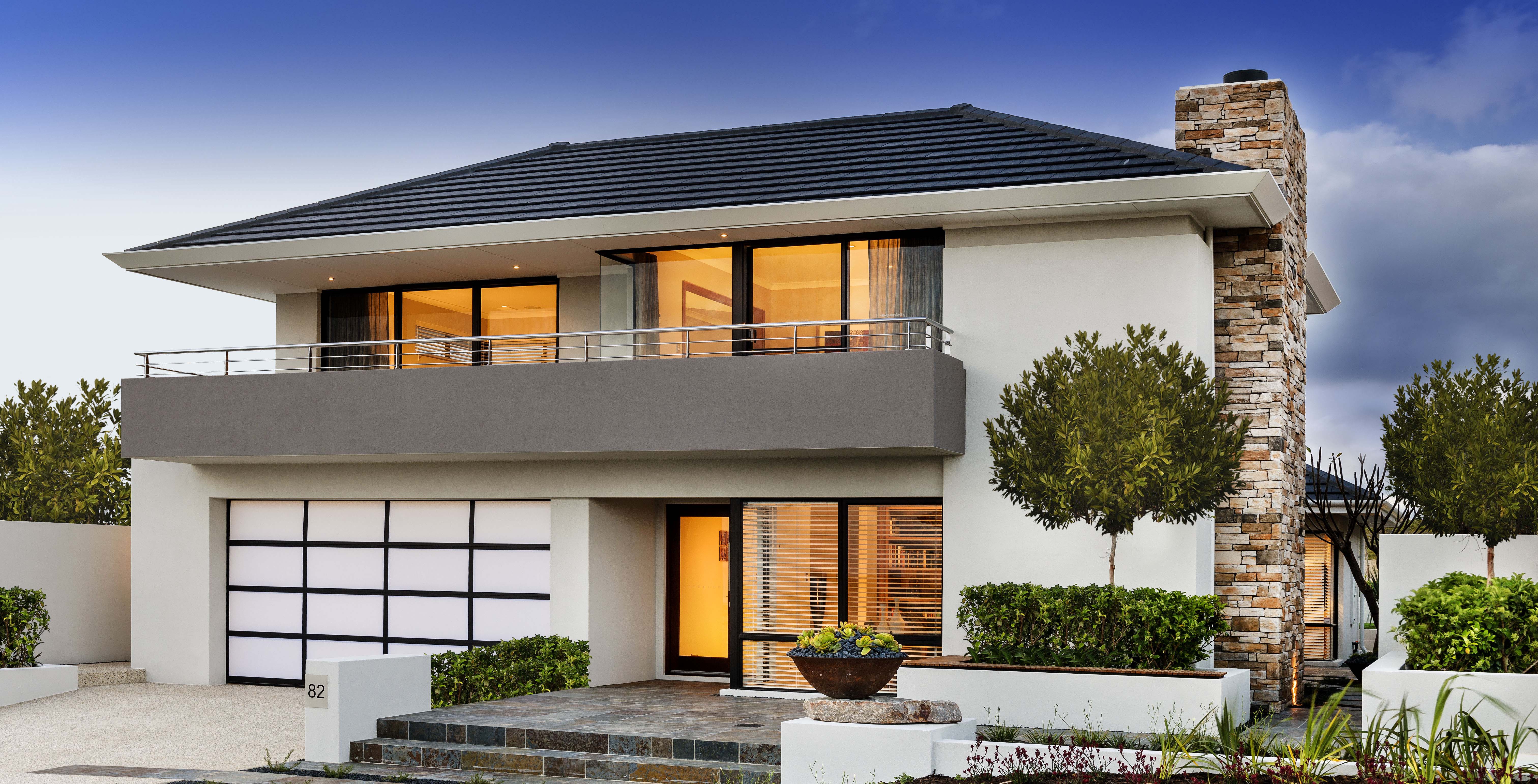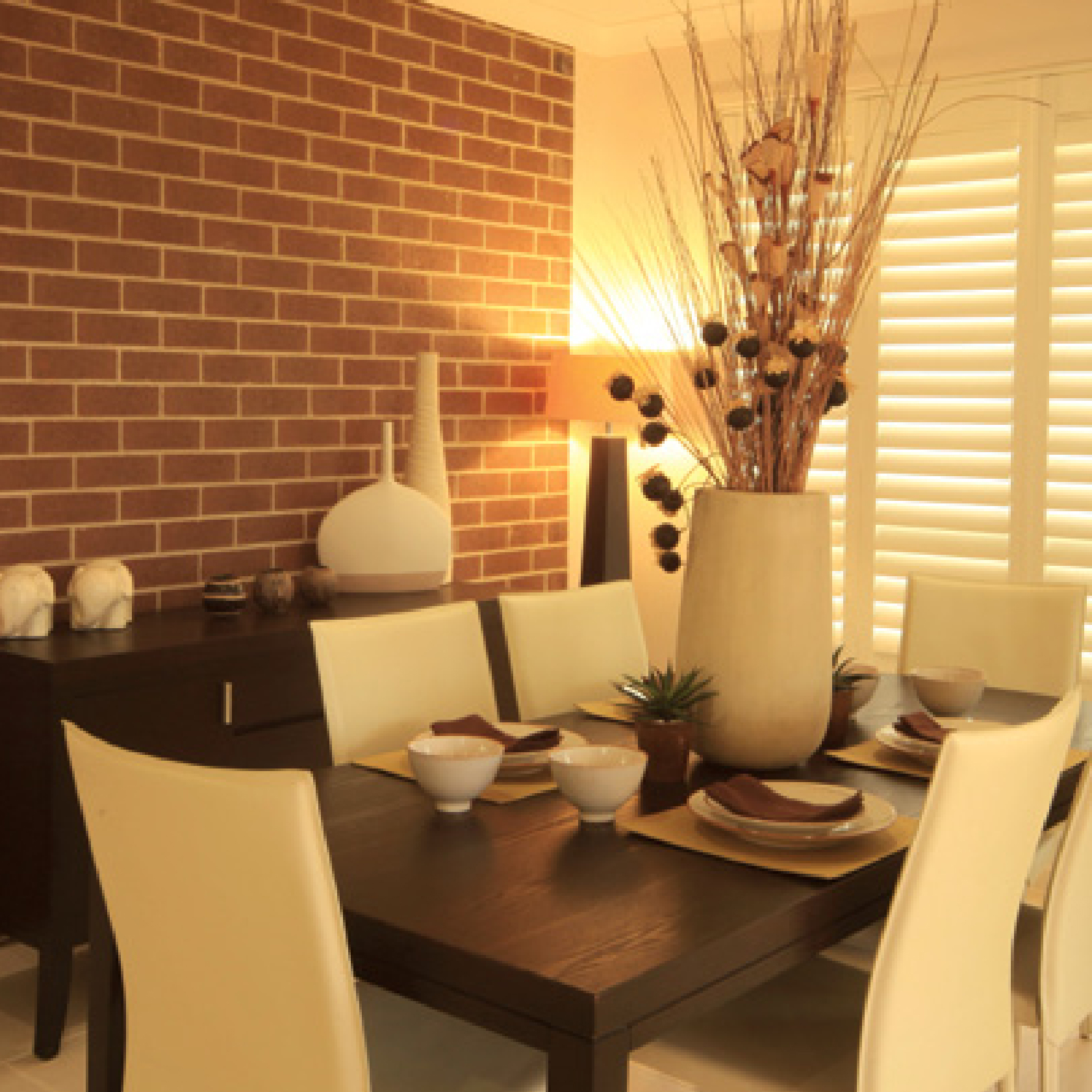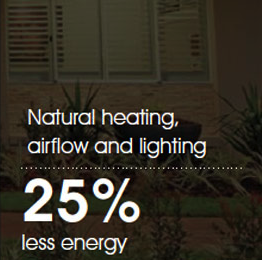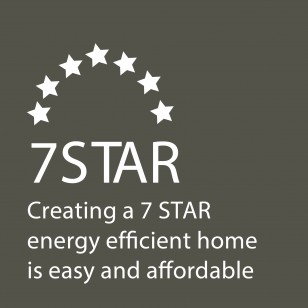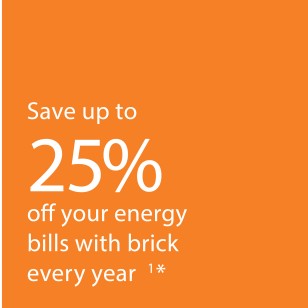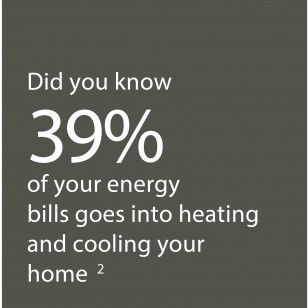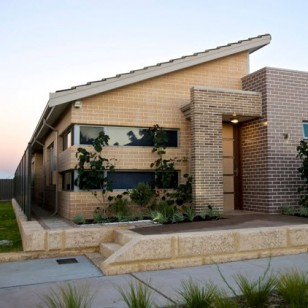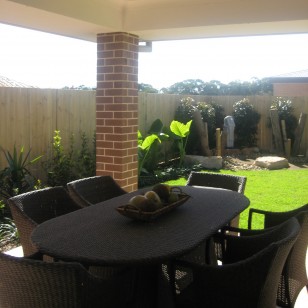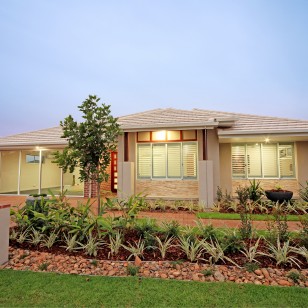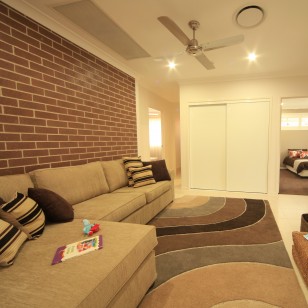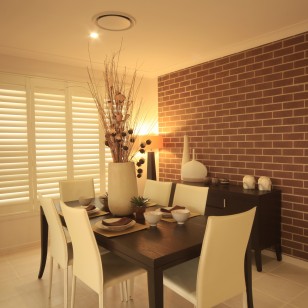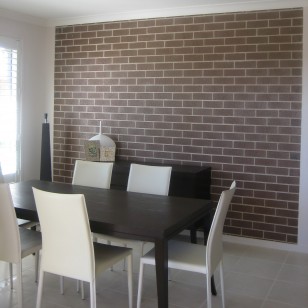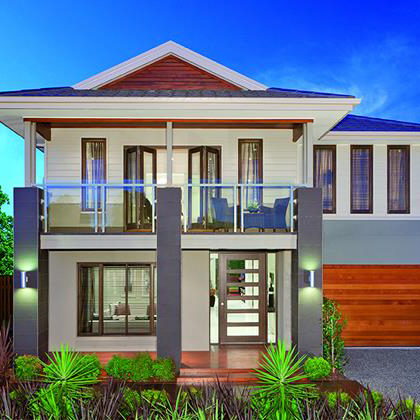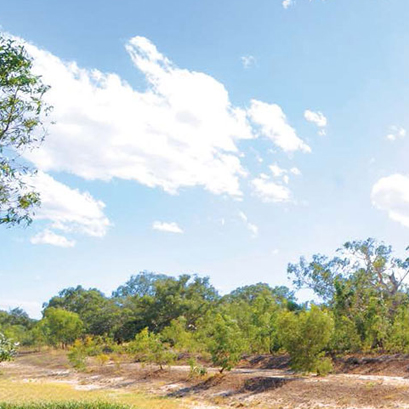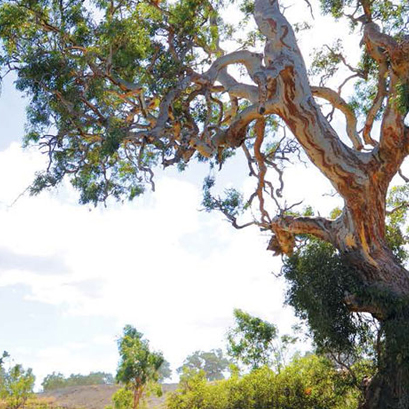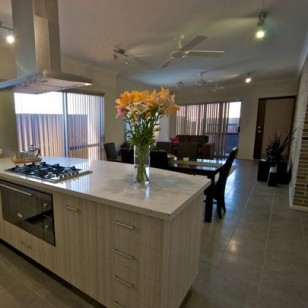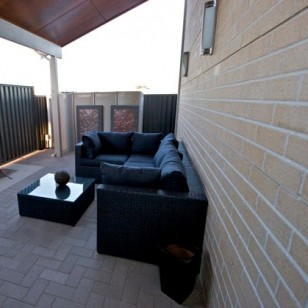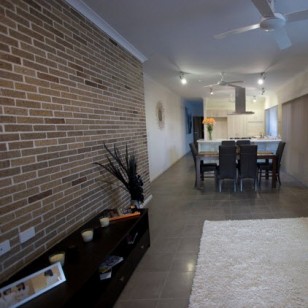Building materials should not only Be, they should Do. And these days that means using materials that actively contribute to creating sustainable buildings through the ongoing energy efficiency of a home.
-
Carbon neutral bricks
Sawdust and the constant quest for improvement fuels a unique certification
Brickworks Building Products has long been at the forefront in reducing the environmental impact of its extensive operations and conserving our precious natural resources.
Two of its brick brands, Daniel Robertson and Austral Bricks (Tasmania), have achieved the environmental “holy grail” of having their products certified as Carbon Neutral under the Australian Government’s National Carbon Offset Standard. View the certification here.
Clay bricks are often accused of being environmentally compromised due to the relatively high natural gas consumption required in kiln firing. This simplistic approach overlooks their long life, role as thermal mass in an energy-efficient design, reusability, and the fact that bricks do not require resource-hungry finishes such as paint or render to maintain their good looks and durability.
The Carbon Neutral certification of Daniel Robertson and Austral Bricks (Tasmania) products is largely achieved by the use of a unique fuel for kiln firing at the Longford plant near Launceston. That fuel is sawdust, a biomass and byproduct of the local timber industry.
This use of biomass – biological material derived from living, or recently-living organisms – instead of fossil fuels is largely responsible for the Longford plant’s low carbon dioxide (CO2) emissions, just 215 tonnes per year, about the same as 12 average Australian households.
In contrast, a conventional natural gas fired kiln of the same capacity could emit almost 8,000 tonnes of greenhouse gases.
The Carbon Neutral Program measures all emissions contributors including extraction, transport, packaging, waste and even administration, not just kiln emissions. Incremental energy-efficiency improvements have also been made to other aspects of Longford’s operations.
All remaining greenhouse gas emissions are offset by purchasing carbon credits that assist in local projects such as tree planting under the Forests Alive program (forestsalive.com).
Architects, builders and consumers can now specify bricks from Daniel Robertson and Austral Bricks (Tasmania) knowing that their manufacture results in zero net emissions of greenhouse gases into our atmosphere.
“This certification is an Australian first and another step in Brickworks Building Products’ journey towards becoming Australia’s most sustainable building materials company,” says Lindsay Partridge, managing director of Brickworks Limited.
-
-
Thermal performance of roofing materials is a critical factor in energy consumption
According to the Australian Greenhouse Office, 39% of household energy costs come from heating and cooling the home.
Designing and constructing a house that maintains a steady temperature without the need for artificial heating and cooling, can dramatically reduce the amount of energy the household consumes, thereby reducing carbon emissions. It also confirmed that the choice of roof material can have a significant bearing on household energy expenditure through its impact on the internal temperature of the home.
You can save money on electricity and gas by choosing a building material that increases your home’s energy efficiency by naturally maintaining comfortable temperatures. Roof insulation, ventilation and sarking are three important components for reducing energy usage and maintaining comfortable living temperatures in the home. These three components work together as part of a roof system to take advantage of the local climate and reduce the impact of external temperature fluctuations, thereby minimising the need for artificial heating and cooling.
An investigation into the thermal performance of common roof materials by the Roof Tile Association of Australia at the University of Newcastle found tiled roofs significantly outperformed metal roofing in reducing cooling energy consumption in hot climates.
The effective use of insulation can help maintain a steady internal temperature in the home all year round. In summer, insulation helps prevent unwanted heat from entering the living space through
the roof cavity, while in winter insulation can reduce heating requirements by helping prevent the escape of natural heat build-up through the roof cavity. Insulation effectively acts as a barrier between the roof space and internal living areas.The benefits of using insulation, sarking and ventilation are sometimes underestimated, but time and again they have been proven to have an integral effect in maintaining a stable temperature in the home. An effective roof system is crucial to minimising energy consumption within the home.
Further Reading:
-
Research defines the most energy efficient performer on roofs
The roof is one of the largest external facing surfaces of a home and the choice of roofing material as been revealed as having a major role in determining internal living temperatures, household energy usage and the overall energy efficiency of a home.
According to the Australian Greenhouse Office, 39% of household energy costs come from heating and cooling the home. However by designing and constructing an energy efficient house, homeowners can dramatically reduce the amount of energy consumed.
Concrete roof tiles play a big part in controlling internal temperatures and reducing energy consumption. An energy efficient home is one that provides a high level of thermal comfort without an over-reliance on artificial heating and cooling. Best of all, concrete roof tiles create a more stable internal air temperature so you can enjoy a comfortable, controlled environment.
US research confirms that a tile roof can help create a cooler home. Tests comparing white roof tiles and white metal roofing showed that roof tiles have significantly higher reflectivity than metal roofing, reflecting a total of 75.4% of solar energy. This is 7.8% more reflection than the metal roofing tested which reflected a total 67.6%.
This means that homeowners have a great opportunity to drive down the lifetime cost of home ownership. There is a wide misconception that one house design is right for all locations and climates. However what is being realised is that each home needs to be designed to take into account the unique set of environmental forces that affect it. By understanding the local climate and following some simple design principles, almost any household can minimise its requirement for artificial heating and cooling, thereby reducing environmental impact and the financial costs of everyday living.
Further Reading:
-
Brick is the most energy efficient building material
How bricks increase your home’s energy efficiency and comfort.
Bricks play a big part in controlling internal temperatures and reducing energy consumption.
An energy efficient home is one that provides a high level of thermal comfort without an over reliance on artificial heating and cooling. Best of all, bricks create a more stable internal air temperature so you can enjoy a comfortable, controlled environment.
How do bricks help save energy?
Bricks help reduce the amount of artificial heating and cooling required to maintain comfortable temperatures through their thermal mass. Thermal mass is the ability of a material to absorb and retain solar heat energy. The high thermal mass of brick helps to significantly reduce heating and cooling bills in a way lightweight materials simply can’t compete against.
Illustrations:
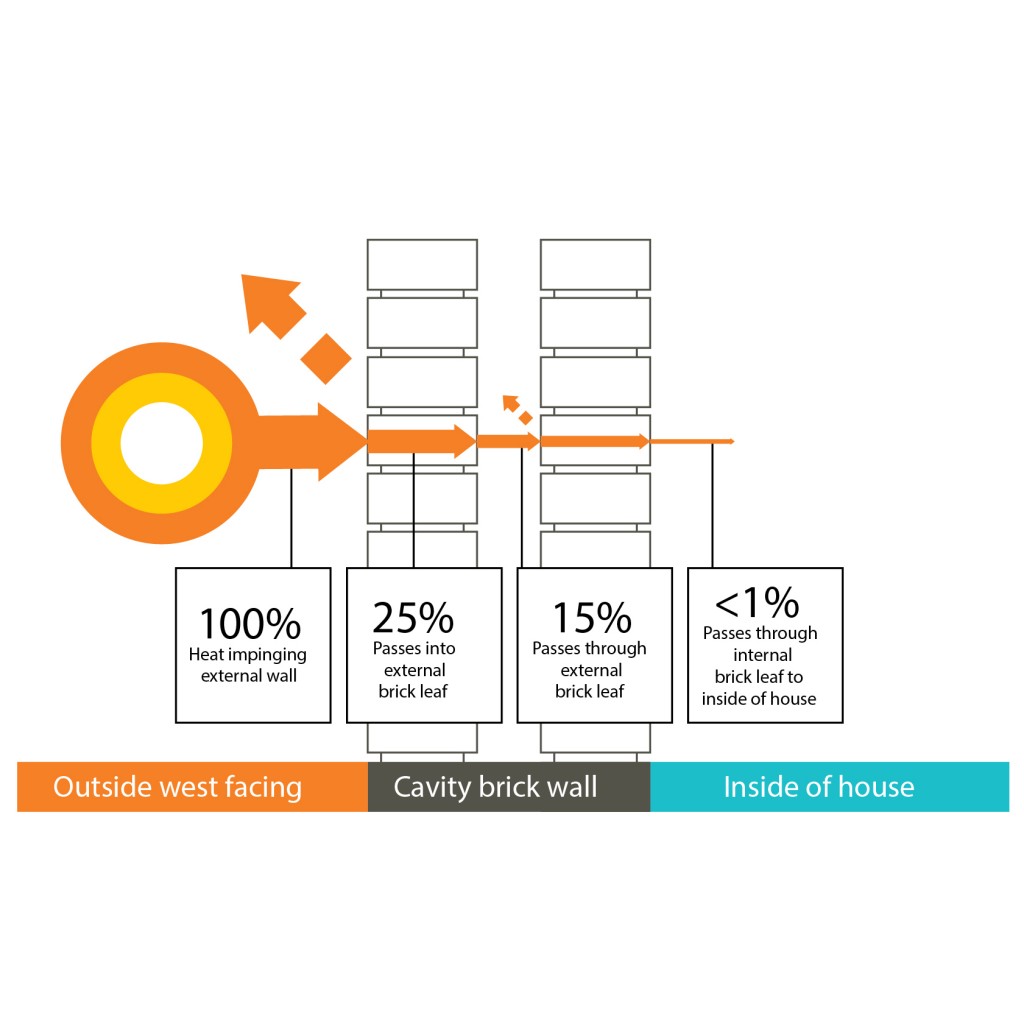
Further Reading:
-
-
Clay bricks outperform lightweight materials
Bricks are more energy efficient than lightweight materials.
Results from eight years of independent research conducted by the University Newcastle into energy efficient housing proves:
– Insulated cavity brick (full brick) construction performs the best for energy efficiency
– Lightweight construction was the worst performing building in all seasons
The following diagram illustrates how energy moves through your home, with cavity brick as the best performer in delaying the transfer of heat, then brick veneer, with lightweight materials ineffective.
Time it takes for heat to pass into your home (known as thermal lag)
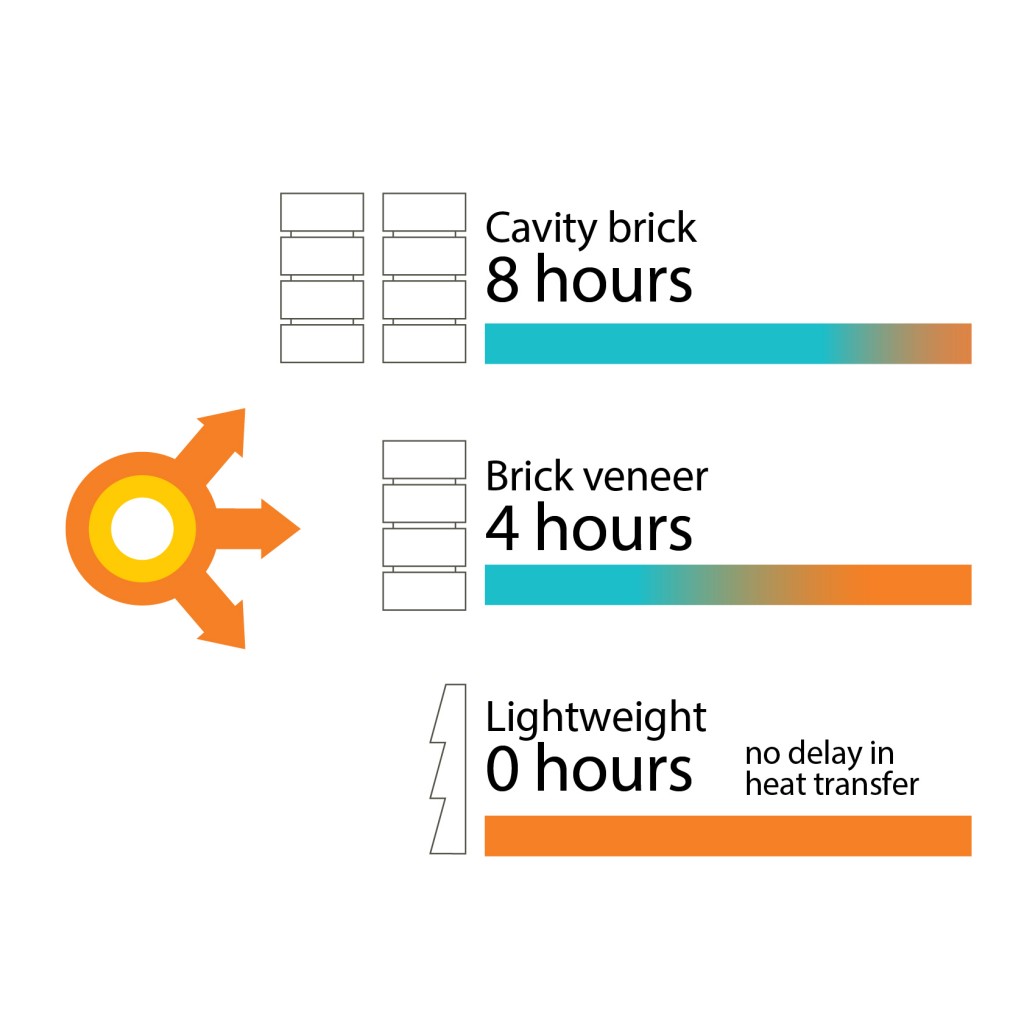
A building material’s energy efficiency is measured on more than just the manufacturing process, it’s how it performs in a lived in home.
The energy consumption for spring conditions demonstrated that the insulated lightweight building required a greater amount of heating and cooling compared to insulated cavity brick*.
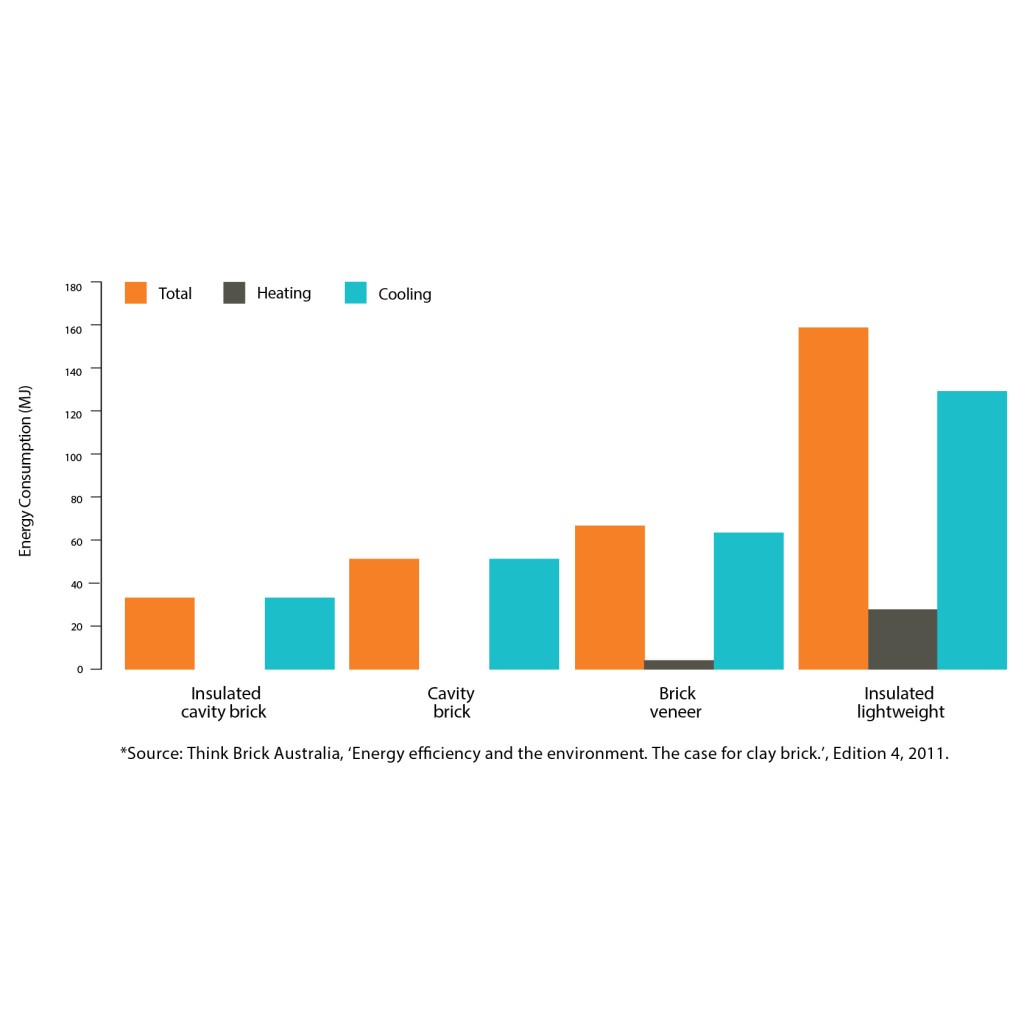
-
-
Create an energy efficient and comfortable home easily with bricks
Designing and constructing an energy efficient home can dramatically reduce the amount of energy you consume.
You can save money on electricity and gas by choosing a building material that increases your home’s energy efficiency by naturally maintaining comfortable temperatures – the humble Aussie brick. Bricks not only keep you comfortably cool in summer and warmer in cold weather, they also keep you safer with their proven strength and durability. Best of all, the longer you keep your brick home, the more money you save. Unlike many other building materials, bricks require almost no maintenance, and their high energy efficiency benefits mean your home will use less energy now and in the long run.
Reduce your energy consumption and live comfortably year after year after year.
By combining bricks and insulation in your home, you can reduce your heating and cooling bills by up to 25 percent. What’s more, with energy bills predicted to rise even further in the next few years, these savings are only going to get bigger. Take advantage of brick’s natural benefits and save.
1. Design and build your home to suit your local conditions
2. Build with bricks to take advantage of their natural heating and cooling properties
3. Incorporate bricks within the internal walls of your home to help control internal temperatures
4. Save on the costs of running and maintaining your home
Further Reading:
-
How do you design an energy efficient home for your climate?
Designing to suit your environment can make all the difference. Your home should be designed following some basic design principles known as “Passive Solar Design” in order to take full advantage of energy efficiencies. Passive Solar Design takes your local environmental conditions into account with these four key design principles:
1. Orientation
Position your home relative to the sun to take advantage of its natural energy. Ensure your windows are North-facing to allow in the winter sun while overhanging eaves will shade your home from the heat of summer.2. Ventilation
Good ventilation is essential to an even temperature. Well positioned doors and windows on both sides of your home will allow crossventilation to keep your home cool in summer. Ensure they are properly sealed for winter.3. Insulation
Wall and ceiling insulation is key to keeping even temperatures inside the house. Full brick helps protect your home from any weather extremes and provides superior sound insulation from the outside and in between rooms.4. Thermal mass
Well positioned internal brick walls will help you achieve the best energy efficiencies with brick, capturing nature’s own energy to reduce your reliance on artificial heating and cooling – keeping you comfortable all year round. Brick’s ability to absorb, store and re-release heat energy makes it one of the best performing materials for energy efficiency
Illustrations:
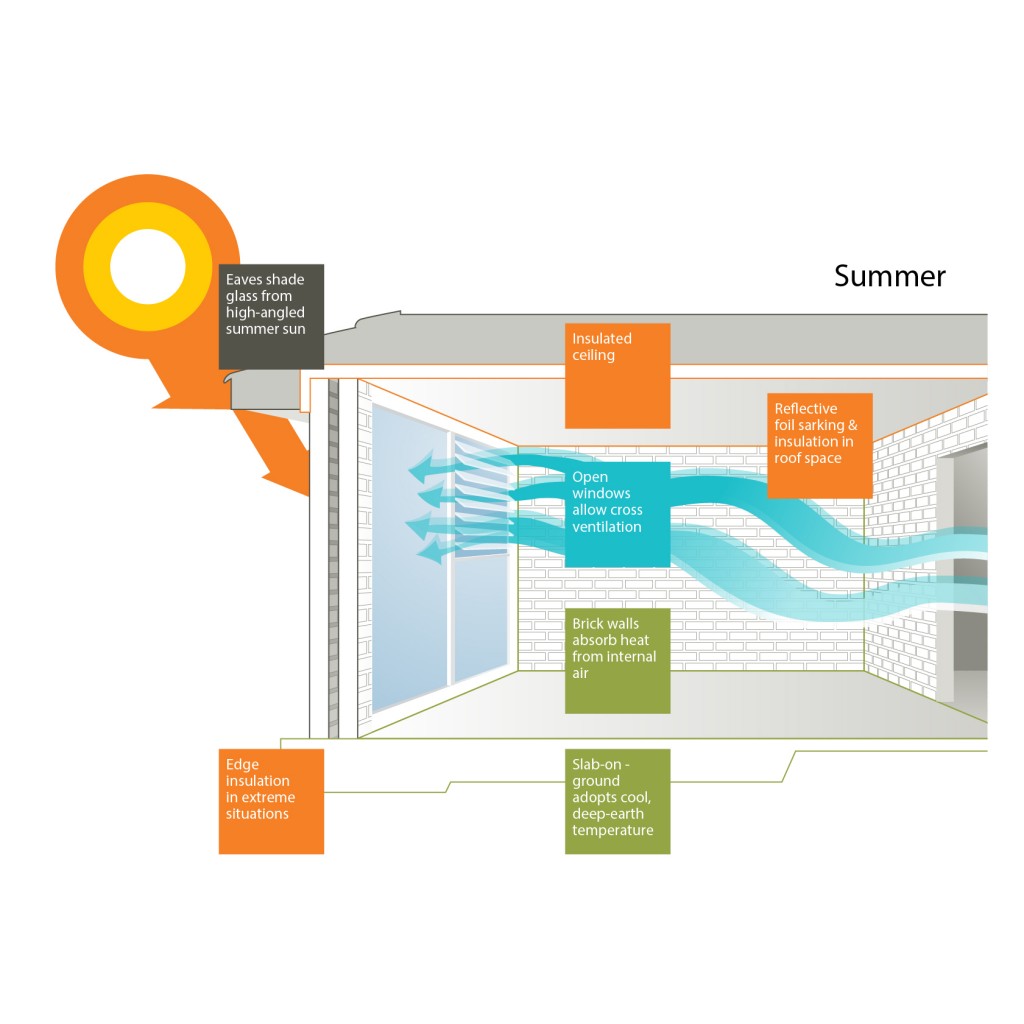
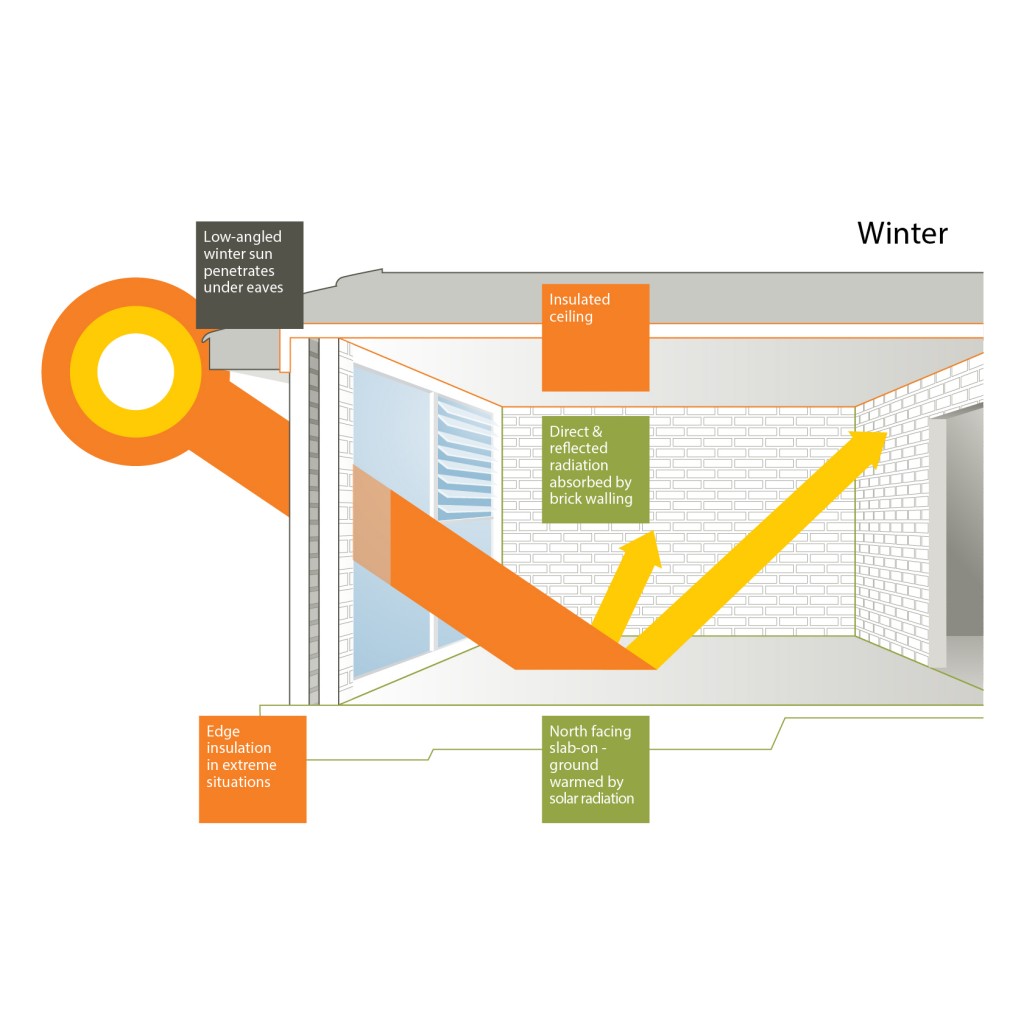
Further Reading:
-
-
Brickworks 8 star rated house in Brisbane
Every feature in this 8 star rated house reflects our greatest expectations of a contemporary, well-designed home.
Starting with a design that took the local climate into consideration, this 8 star rated house combines features you’d expect from any Ausbuild designed home, while Brickworks range of building products that play a key role in its energy efficient construction.
The Brickworks 8 Star House is designed to take advantage of natural airflow, lighting and heating to provide comfortable, energy efficient living, all year round.
From the positioning of the windows, to the choice of building materials, the Austral 8 Star House feels good inside – it’s cool in the dry, hot summer months, and warm in winter. The home is also oriented to maximise winter sun and summer airflows, and the exterior has deeper eaves to shade in summer and capture the sun during winter, making the interior light and airy.
The classic brick exterior, roof tiling, striking internal brick walls and beautiful ceramic flooring are not only distinctive design elements of the home, but with their inherent thermal mass they act as an effective heat sink – storing warmth energy from the sun and replace the need for artificial heat and cooling, achieving energy savings of up to 25%.
The houses features work in three main ways, to achieve ‘thermal comfort’:
1. Encourage natural ventilation and airflow through the building
2. Manage how light and heat gets into the building
3. Stabilise internal temperatures to reduce the need for artificial heating and coolingFor enquiries regarding our sustainability policies or initiatives please contact us on 02 98307800.
-
Bristile roofing tops Display Home of the Year
A home featuring Bristile Roofing tiles took away ‘Display Home of the Year’ at the 2012 HIA Hunter Housing and Kitchen & Bathroom Awards.
The HIA Hunter Housing and Kitchen & Bathroom Awards celebrate excellence and innovation in craftsmanship, construction, design and building technology. They also provide a golden opportunity to show off new trends and residential building products.
Display Home of the Year award winner ‘Phoenix’ was developed by Metricon, one of Australia’s largest and most respected residential builders. It’s a luxurious home with an open plan living design that sets a new benchmark for contemporary Australian homes. The intelligent floor plan is family-friendly, with five bedrooms and two bathrooms positioned around the living spaces, and is finished with the Bristile Roofing Classic range of concrete roof tiles – adding thermal performance to an impressive list of credentials.
The Awards are judged by highly experienced building experts, and acknowledge the talent of builders, designers, product manufacturers and building companies involved in creating quality houses, apartments, renovations and outdoor projects.
Rigorous attention to detail and meticulous standards of the home’s finish were complemented perfectly by the Bristile Roofing Classic range of concrete roof tiles.
Bristile tiles were selected not only for their great form and function, but also for the cost-saving and environmental benefits of high thermal mass, high solar reflectivity, low embodied energy helping to give the home a great energy efficiency rating.
Their natural durability not only supports the rating, but also means that the energy and raw materials used in their production are offset by the longevity of the roof, which in the case of concrete tiles can be more than 100 years.
Eastcoast General Manager, David Millington was pleased with the win, but is even prouder of the product’s long-term performance. “You just can’t underestimate the importance of a roof covering to the overall effect of a house. It’s something that has to be right from the very start, as our roof tiles are made to be on the building for its entire life.”
Further Reading:
-
-
Brick – better to come home to
More than just beautifully versatile: there are solid environmental and health benefits to living with brick.
All building products use energy in their manufacture, (referred to as embodied energy) but bricks’ longevity and minimal maintenance far outweigh their embodied energy. Environmental benefits, health benefits and energy savings – Brick is better to come home to on so many levels.
Claims that clay brick is a superior building material for both people and planet are supported by the fact that bricks contribute toward green building credits in ratings programs like LEED and Green Star.
Kiln firing makes bricks super tough – they won’t rot, rust, corrode, decay, or encourage mould. The raw materials in clay brick won’t cause indoor air pollution by off gassing, and because bricks don’t need painting, the volatile organic compounds (VOCs) that come along with paints and varnishes don’t become part of your home either.
Bricks also add to a home’s thermal mass, absorbing and storing heat until needed, cleverly making passive or active solar heating systems more effective. It’s possible to lower home heating and cooling bills by up to 25%, by combining bricks with insulation.
For enquiries regarding our sustainability policies or initiatives please contact us on 02 98307800.
And with energy bills predicted to rise even further in the next few years, these savings are set to increase. Despite this thermal quality, they’re also fire-resistant, even in extreme temperatures, and won’t burn, catch fire or give off dangerous fumes.
Using bricks in the internal walls of your home help to control internal temperatures, and provide extra noise insulation – a very good idea for family homes! When used externally, brick provides excellent protection against extreme weather conditions, particularly potentially dangerous wind-blown debris.
By building with bricks, you’ll not only enjoy low maintenance and better energy efficiency, you’re also reducing your household’s carbon pollution.* And that’s good for everyone.
* Based on the average NSW Household energy usage, building with bricks can save you up to 2 tonnes of carbon pollution per year by using less energy.
Further Reading:
-
9 Star Display Home – built better in brick
Some companies strive for gold stars but Brickworks strives for green. GreenSmart was established by HIA in 1999 promoting practical, affordable and durable environmental solutions for residential design and construction. All goals Brickworks also works to achieve.
Brickworks also believes in partnering with stars of sustainability. One such star is Jade Projects, a construction firm known for its efficient and sustainable home designs. The most recent is their first 9 star energy rated display home built in partnership with Right Homes and using products from Bristile Roofing.
When used in conjunction with other good design principles, double clay brick homes are thermally comfortable year-round.
Knock on the walls of this home and feel the difference – they are strong, durable and a key reason this home achieved its enviable 9 star energy rating.
It’s easy to feel the difference as you step inside. Because it’s built with brick, the home also has an acoustic advantage. It’s extremely peaceful and quiet to live in – great news for busy families. The double clay brick construction also helps to keep the house cooler in summer and warmer in winter.
As well as roof tiles and bricks, the home’s clay pavers make an ideal surface for outdoor areas. They are hardwearing and colourfast, and, like all bricks, able to be recycled for use in other projects or crushed, to be used again and again.
For enquiries regarding our sustainability policies or initiatives please contact us on 02 98307800.
Further Reading:
© copyright 2025, Brickworks Limited.


